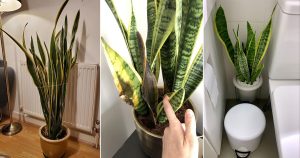Planning to get a new cactus or repot an older one? Here’s a cool rubber band trick that every cactus lover needs to know!
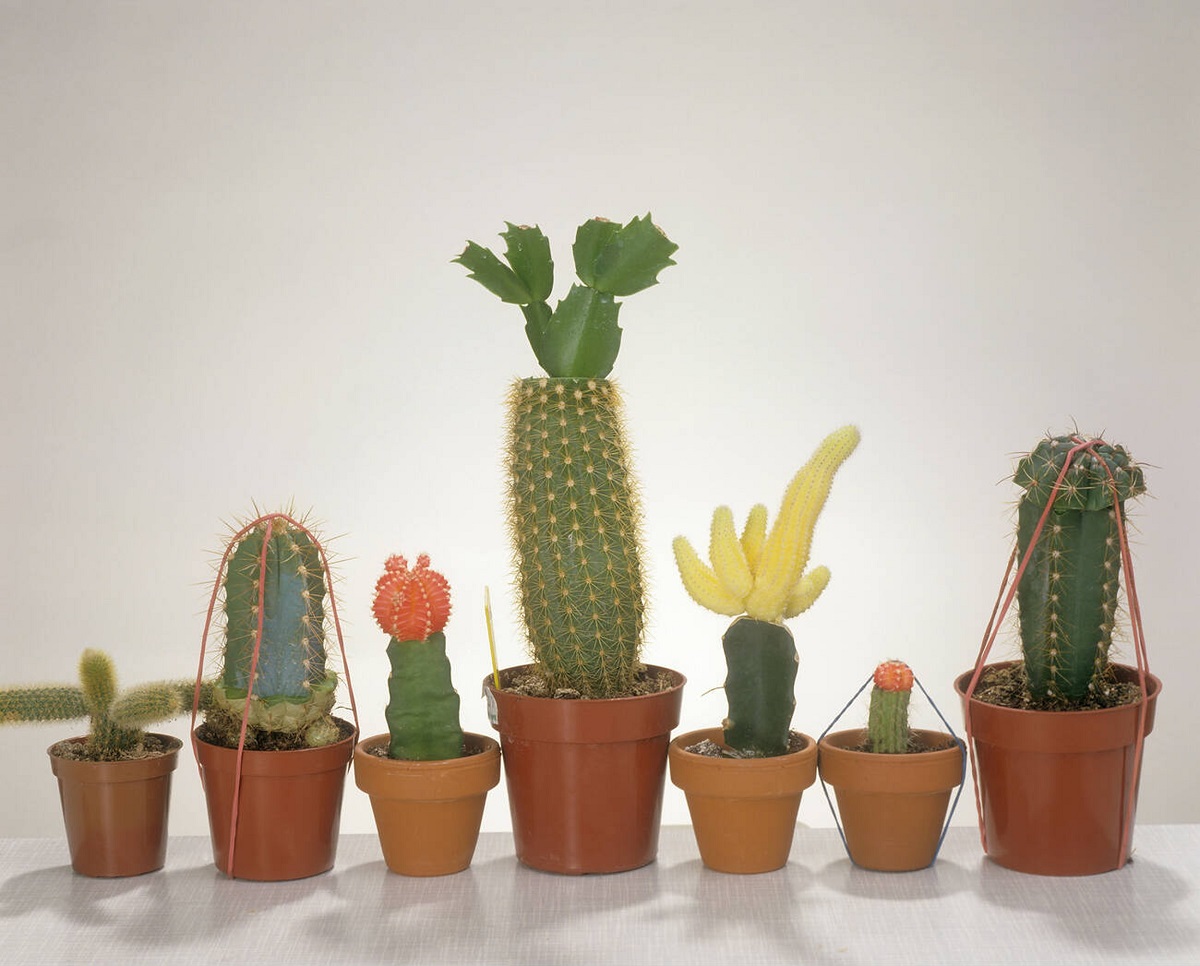
Has your cactus been showing every sign that it needs a new home, like growing too close to the edge of the pot or roots peeking out of drainage holes? If yes, it’s time to repot! But how do you protect yourself from prickly hugs and center your plant well enough so it establishes itself? Check out this cool rubber band trick!
How to Use the Rubber Band Trick (A Step-by-Step Guide)
1. Choosing the Perfect Pot
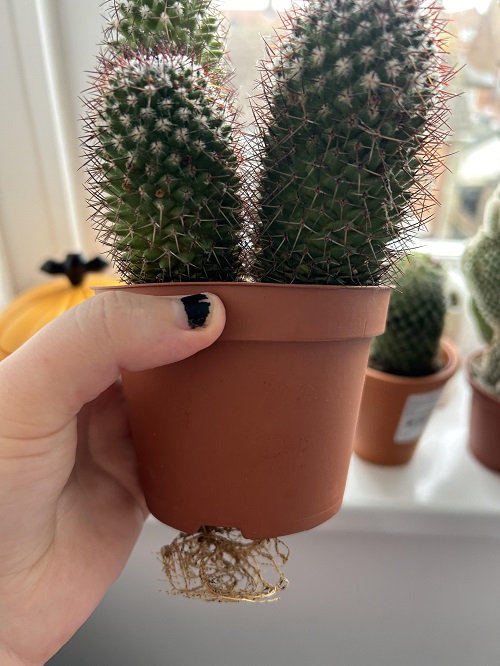
So, you’ve realized your cactus needs a new pot. You’ve been growing it in the same container for years, and now it’s completely taken over the space. Not to mention, those sneaky roots are trying to escape from the drainage holes. These are pretty clear signs your cactus is feeling cramped (much like your ex, perhaps).
Well, unlike your complicated romantic situation, dealing with an overgrown, pot-bound cactus is easy if you keep in mind a few factors. For one, the pot that you choose as the new home must be exactly right.
Now, what does that mean? Well, choose one with drainage holes, of course, and it must be about an inch or two larger in diameter than the current container.
And here’s a little heads-up—don’t go overboard with the size! A pot that’s way too large can hold on to excess moisture, and that’s a recipe for root rot.
2. Improving Drainage
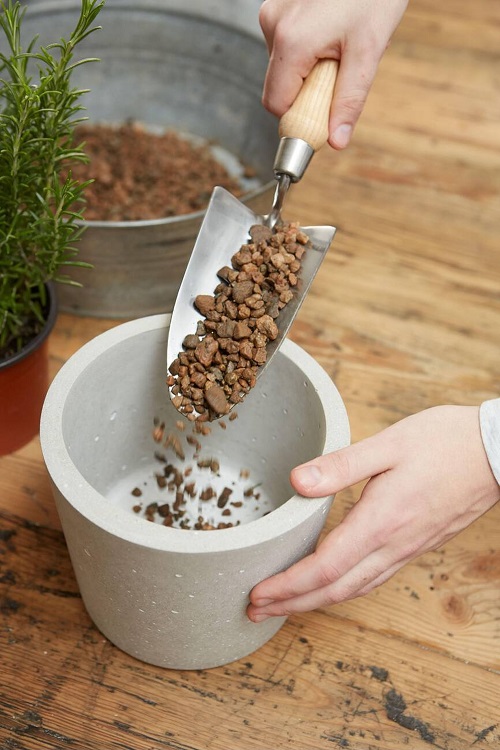
Now that you have the new pot ready to use, you must double-check the drainage. Besides the drainage holes (which you could cover with a mesh to prevent the loss of soil), you could improve drainage in another way.
Just add a layer of gravel at the bottom of the pot—especially if you’ve chosen a deep container. Cacti should be planted at the same depth they were before. If you bury them too deep, they might throw in the towel!
If gravel isn’t handy, you can also use broken terracotta pieces or pumice—anything that allows water to flow through freely without clogging things up.
3. Well-Draining Soil is a Must
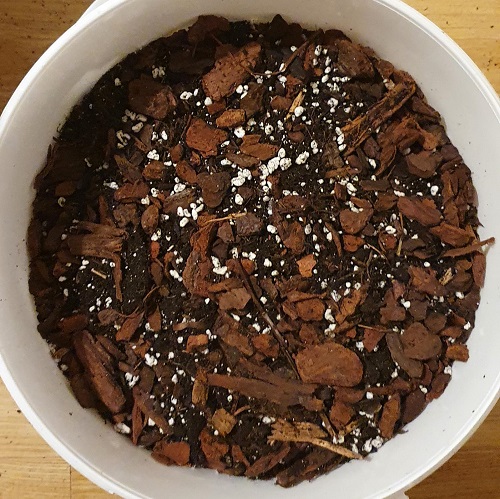
This pretty much goes without saying, but let’s be honest, you saw this one coming! We can’t stress it enough how important it is to have well-draining soil for your cactus. Imagine water-retaining, heavy, clayey soil for your cactus. That’s an absolute NO-NO!
Here’s what you choose instead—a loose soil mix that drains quickly. Any commercially purchased soil mix made for cacti would work well. Just ensure that it contains ingredients to improve aeration and looseness—like sand, perlite, vermiculite, etc.
If you’re more of a DIY gardener, you can even mix your own blend with one part potting soil, one part coarse sand, and one part perlite or pumice. Your cactus will thank you later!
4. Get a Rubber Band!
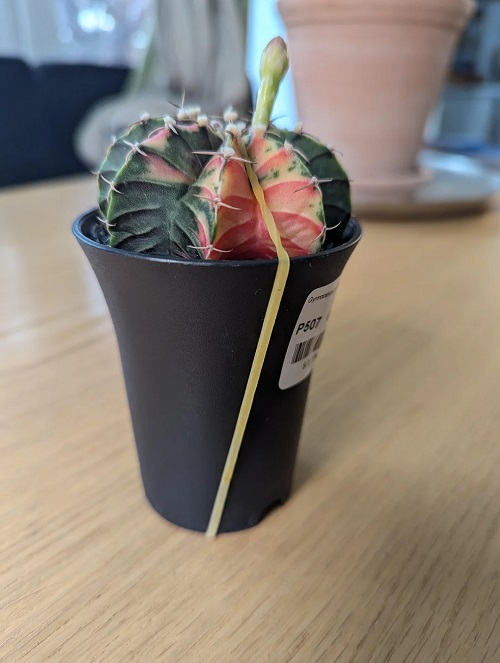
Finally, we arrive at the most important and exciting part—using rubber bands. Take two big rubber bands and wrap them around in a vertical manner. Use two such that there is just enough space at the top of the pot between the two bands to hold your cactus stable.
Once you’ve gently taken your cactus out of its old pot and shaken off the excess soil, place it in the new pot between those rubber bands. Make sure it’s sitting at the right depth. Once the bands are holding your cactus steady, take some chopsticks or wooden dowels and gently pat down the soil around the base.
And just like that—bam!—your cactus is centered. You can leave the bands on until your cactus has settled in nicely.
Note: Just make sure the rubber bands aren’t digging into the plant—snug is good, but tight is a no-go. You don’t want to leave dents or damage the skin.
Tips To Avoid Damaging Your Cactus
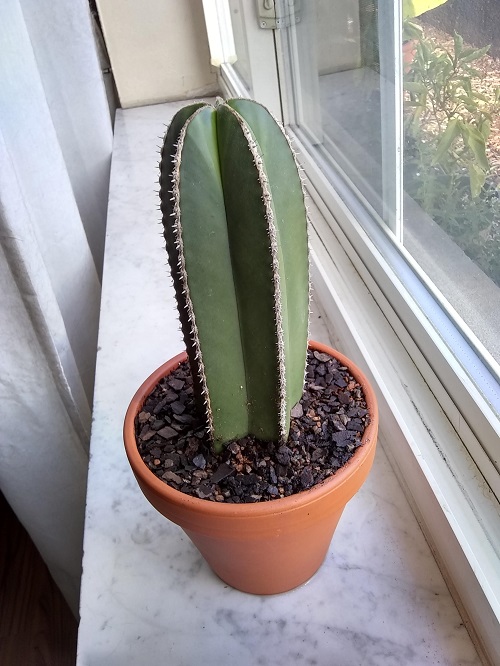
When it comes to cacti, there is mostly one thing you must be careful of, and that is not getting pricked. For example, do not wear clothing that can easily get snagged. Secondly, do not try to grab your cactus with your bare hands. Of course, the spines will be hurtful, but even more, you risk damaging your plant by accidentally dropping it.
The best way to go about repotting your cactus is by using thick leather or rubber gloves when you are dealing with a bigger plant. For smaller or mini cacti, just grab your oven mittens or kitchen tongs. Turn the existing pot lightly on its side and gently remove the plant from the pot.
Pro tip: If the cactus still won’t budge, tap the sides of the pot or give it a gentle squeeze if it’s plastic. No need to force it—coax, don’t wrestle!
After repotting, make sure you put your cactus near a south-facing or south-east window, if growing it indoors or in a sunny spot outdoors.
Hold off on watering for a few days to let the roots adjust and settle into their new home. A little drought now prevents root rot later.
This is the simplest hack for when you are dealing with a cactus, and especially when repotting it. Try it out and let us know how well your cactus does in the comments below!



